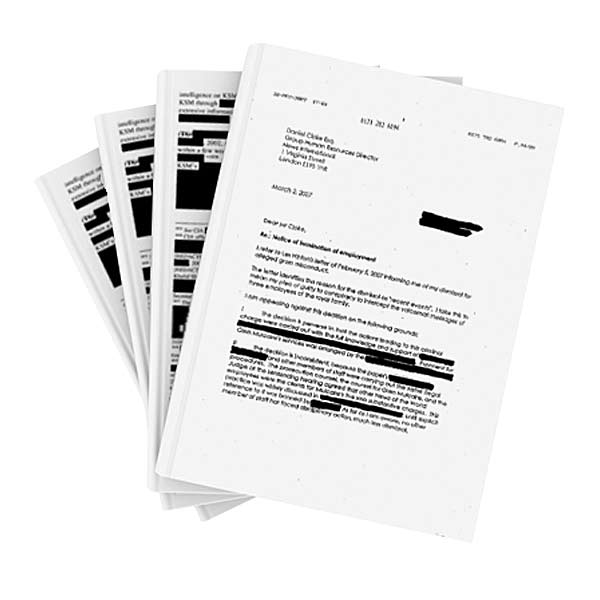Healthcare providers are targets for litigation, government inquiries and cyber-attacks.
EMRs (Electronic Medical Records), PHI (Protected Health Information) and HIPAA (Health Insurance Portability and Accountability Act) – healthcare organizations are intertwined with complex, sensitive data that is subject to elaborate regulations. For healthcare providers facing legal or regulatory ills, effective planning and cutting-edge technology significantly enhance the prognosis.
Redacting rogue PHI and PII.
Innovative auto-redaction technology identifies, verifies and consistently shields confidential data.
The eDiscovery process presents a risk of unintentionally compromising PHI and PII when collecting, reviewing and producing electronically stored information. With KLDiscovery’s AutoRedaction technology, personal information is identified and automatically redacted in a production set, providing legal teams with full control to review, approve or reject each electronic redaction.

In the healthcare field, litigation is inevitable; KLDiscovery helps organizations achieve a repeatable and defensible eDiscovery process.
Information Governance
Handling massive volumes of data, our Unified Archive solutions solve big data challenges and address information management needs.
Collection, Processing & Review
An end-to-end solution, hosted in one of our data centers or in the cloud, that facilitates smarter ways to cull, process, review and manage your litigation or investigation documents.

Soothing the pain in a data breach crisis.
Ediscovery technology helps determine the scope of the breach and prepares for downstream litigation.
When a healthcare organization suffers a data breach, there is little time to act. To help determine the extent of PHI and PII breached, healthcare organizations can load data into one of KLDiscovery’s review platforms, to search for confidential number patterns and inform the level of risk. When subsequent litigation ensues, the discovery database is already active and the review team can quickly ramp up for productions.
